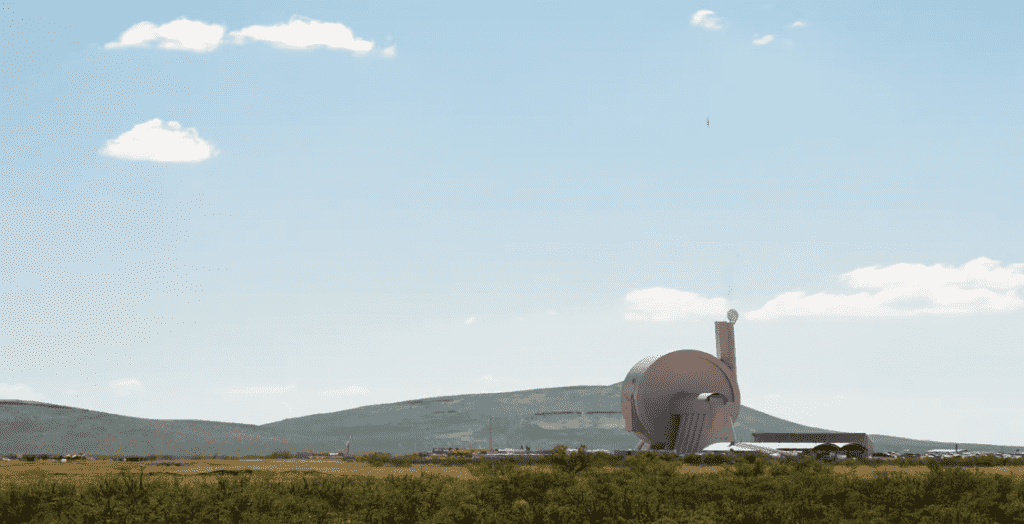Innovation is what differentiates humanity from other beings. Spin launch startup is working on a creative manner to Launch satellites into orbit. Putting the conventional rocket launching of satellites into orbit, the startup plans to launch satellites via a launch system that spins the payload in a centrifuge and then launches them into the sky. There is only one catch; the payloads will have to bear 10000 g and endure speeds up to 5000 mp/h.
What happens is that a powerful disc-shaped accelerator powered by an electric drive rotates the payload at numerous times the speed of sound. When it reaches the desired speed, it is launched into the atmosphere. The first such test flight was conducted back in November last year.
NASA also wanted a piece of the cake. So in April, NASA also got in on the tech and wanted to send a payload in orbit using the same technology. It was the 10th such flight conducted by the startup. All of them were successful. The futuristic launch was conducted at Spaceport America in New Mexico on September 27, with partners, industry advocates, and government officials watching.
NASA’s payload is only one of the many payloads launched by the SpinLaunch Suborbital Accelerator. Other than that, payloads from Airbus, Cornell University, and satellite developer Outpost were integrated into the launch system. All of them were successfully recovered, though.
SpinLaunch has, however, refrained from providing any further details. All we know is that it has followed the trajectory of previous flights. An optical payload was also incorporated to see what the flight seemed like. It helped people assess what would a personal experience feel like if launched through the orbital launch. In addition, SpinLaunch and its partners, the flight, demonstrated that these satellite components are “compatible with the company’s launch environment.”
Interestingly, the payloads were not only there for the sake of it but to assess the flight data on the launch process, with NASA’s accelerometers, a gyroscope, a magnetometer, and sensors for pressure, temperature, and humidity. This data will be critical for the future development of the project. SpinLaunch will use it to rectify errors and amend issues being faced.
“Flight Test 10 represents a key inflection point for SpinLaunch, as we’ve opened the Suborbital Accelerator system externally for our customers, strategic partners, and research groups,” said Jonathan Yaney, Founder & CEO of SpinLaunch. “The data and insights collected from flight tests will be invaluable for both SpinLaunch, as we further the development of the Orbital Launch system, and for our customers who are looking to us to provide them with low-cost, high-cadence, sustainable access to space.”
Source: SpinLaunch via BusinessWire

